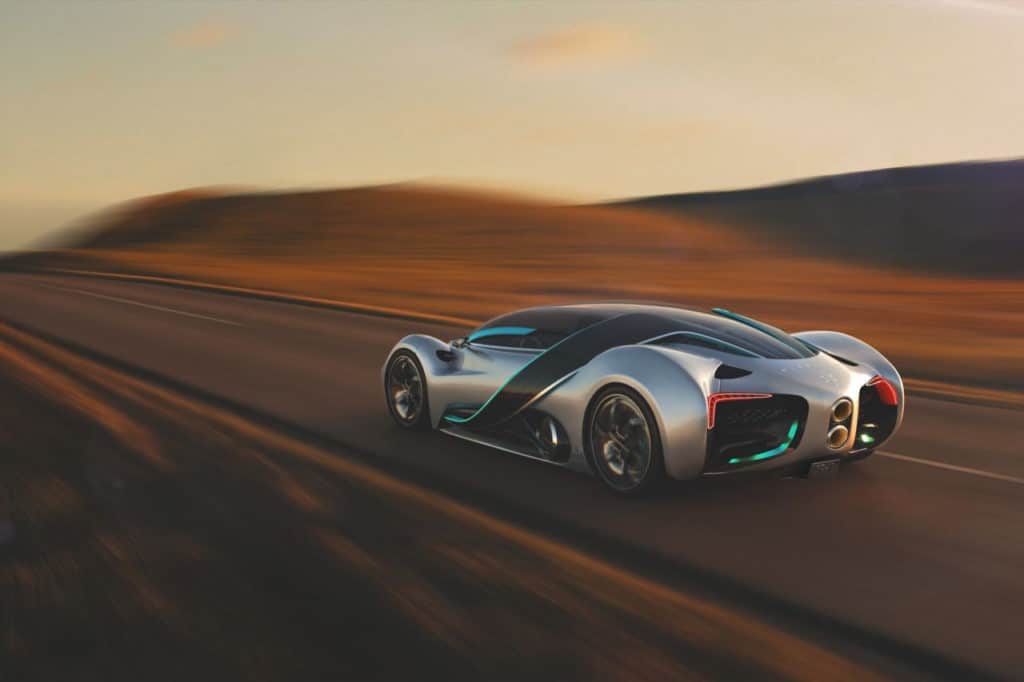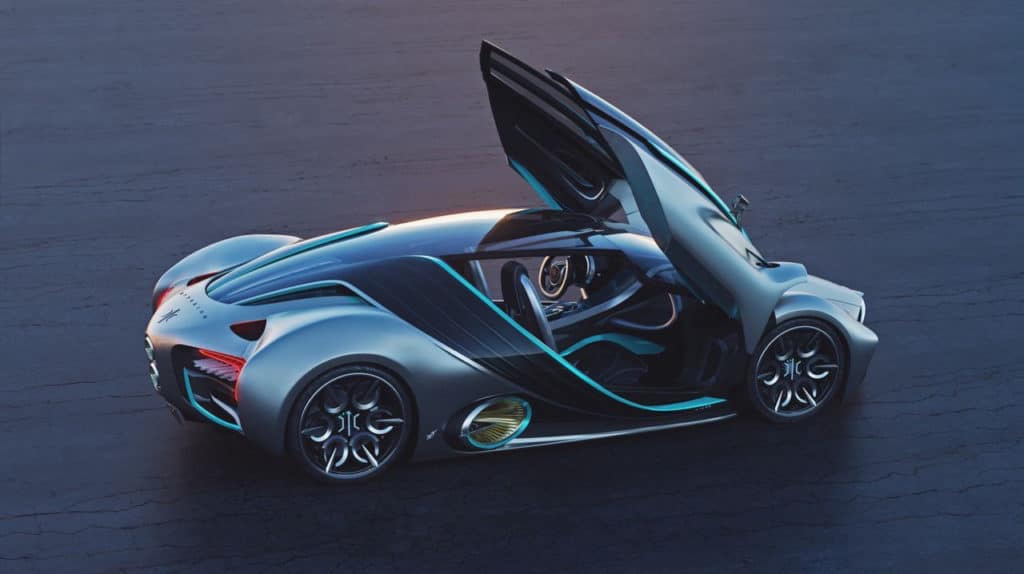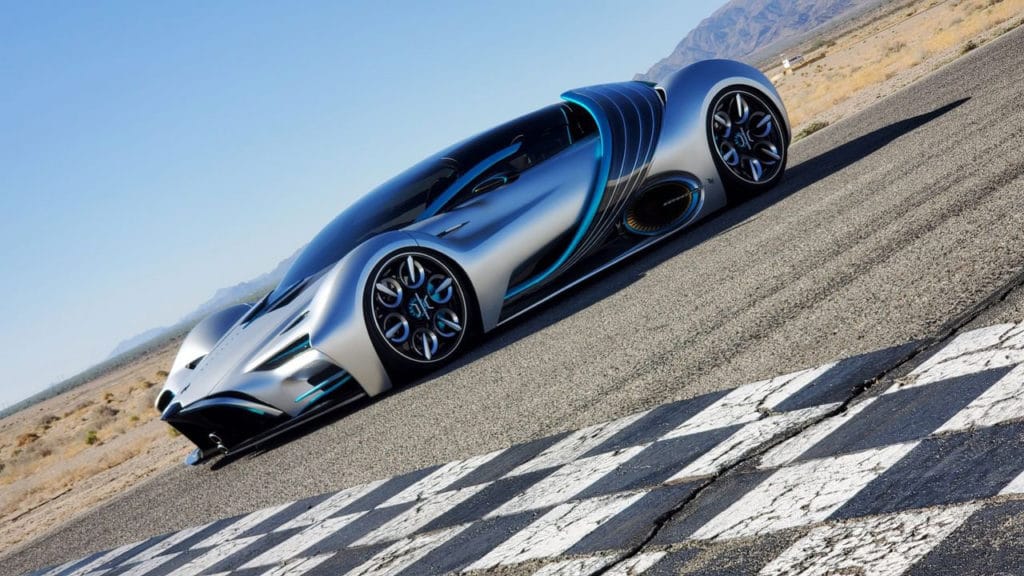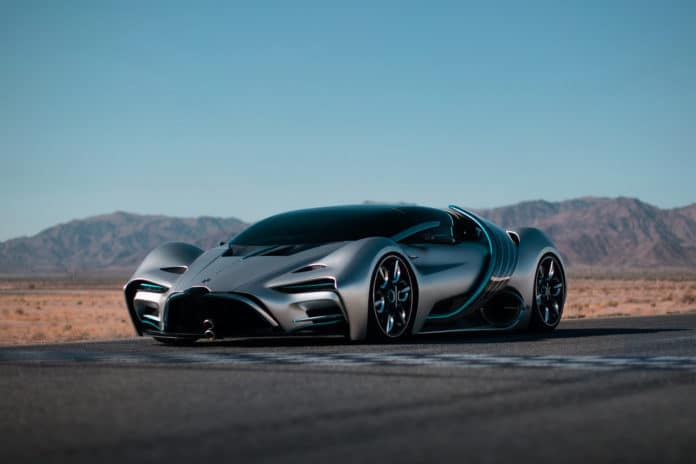While the launch of electric cars is increasingly common, the hydrogen car makes its way more timidly as this technology is explored. But that does not stop us from also seeing manufacturers betting on them, and the latest model is the Hyperion XP-1, a futuristic hydrogen-electric supercar from an American company Hyperion Motors.
The vehicle has been unveiled in the form of a first prototype. The executive said that the goal is to achieve ‘a long autonomy,’ ‘very fast charging time,’ ‘longer life cycle that does not degrade with each charge,’ ‘very high battery density’ and, greater ‘durability’ of the car.

The hydrogen fuel cell engine generates the electrical power that transmits traction to all four wheels, with power being managed by a three-speed transmission. With regard to specifications, the Hyperion XP-1 is able to go from 0 to 60 mph (0-96 km/h) in just 2.2 seconds, has a maximum speed of 221 mph (356km/h) and, just as important, has autonomy for 1,016 miles (1,635km) between refueling, which takes only five minutes.

The designers worked closely with the engineers to achieve one goal: the car should be as light as possible. The Hyperion XP-1 has a curb weight of 1,248 kilograms and uses carbon-titanium monocoque chassis with titanium-reinforced composting bodywork. Again to keep the weight down, the hydrogen tanks are made of carbon fiber.
The XP-1’s bodywork has a sleek, minimalist design, with V-Wing doors inspired by the “Winged Victory of Somothrace.” The air blades mounted to the side not only provide active aerodynamic structures to help cornering at high-speed, but they also include solar panels capable of changing positions to follow the trajectory of the sun.

The inside offers, among other things, a 98-inch curved display that can be controlled through gesture commands, without any buttons on the center console. When braking, ceramic discs measuring 457 millimeters in front and 432 millimeters behind take care of the job.
We will have to wait for the brand to show us something more about these interiors to better understand their functions. Associated with major aeronautical engineering groups and several space agencies, including NASA, Hyperion plans to launch production of its hydrogen supercar by 2022 in the United States. Only 300 copies will be produced. Nothing is known about prices yet.
